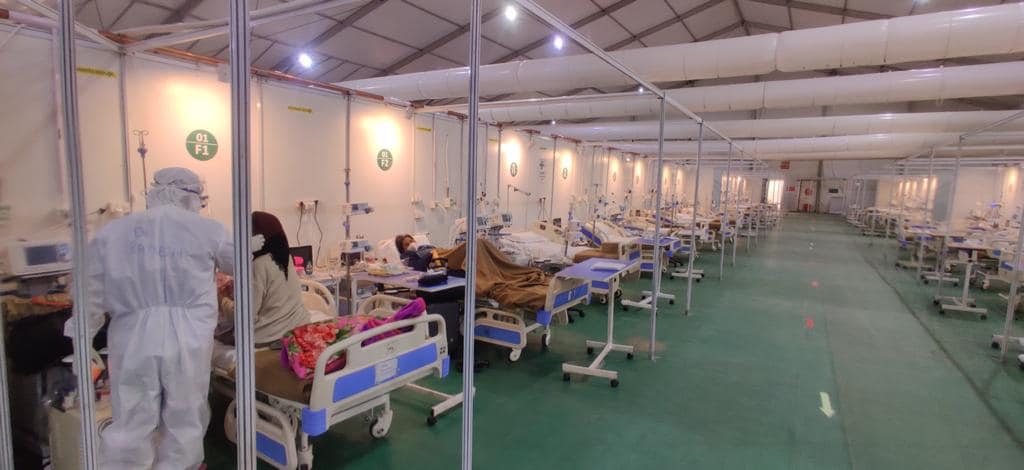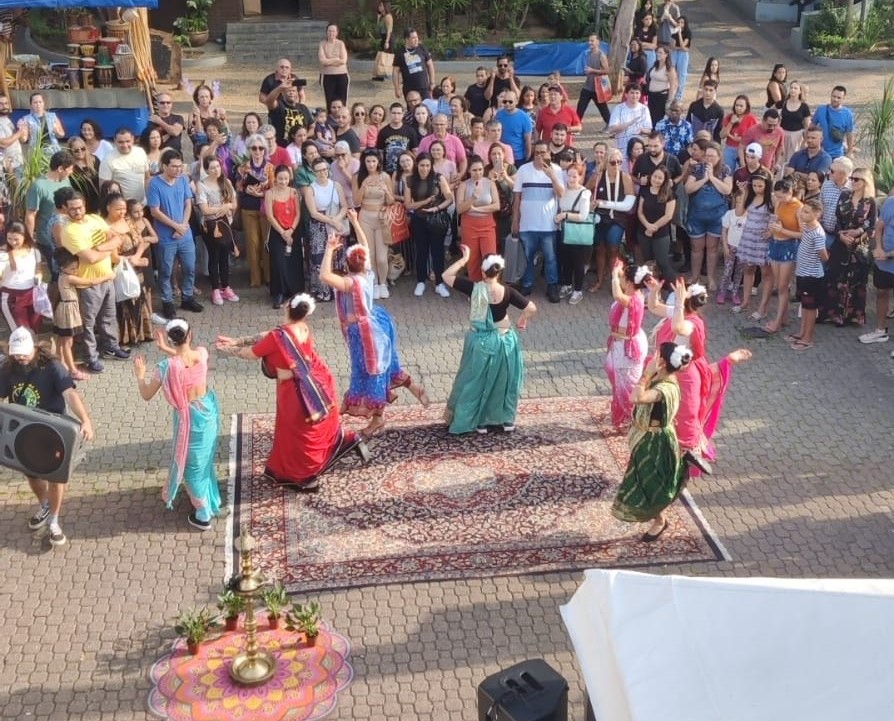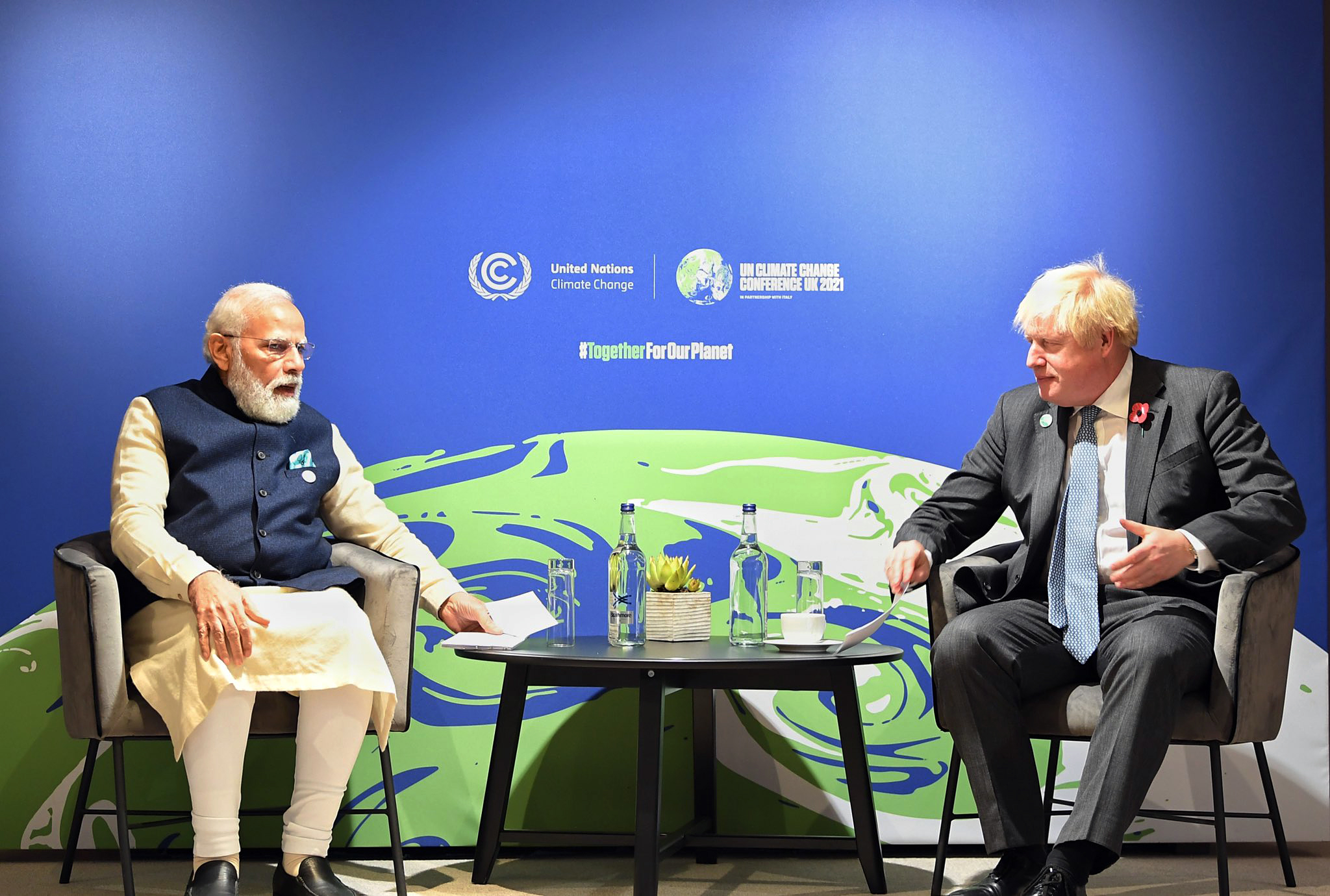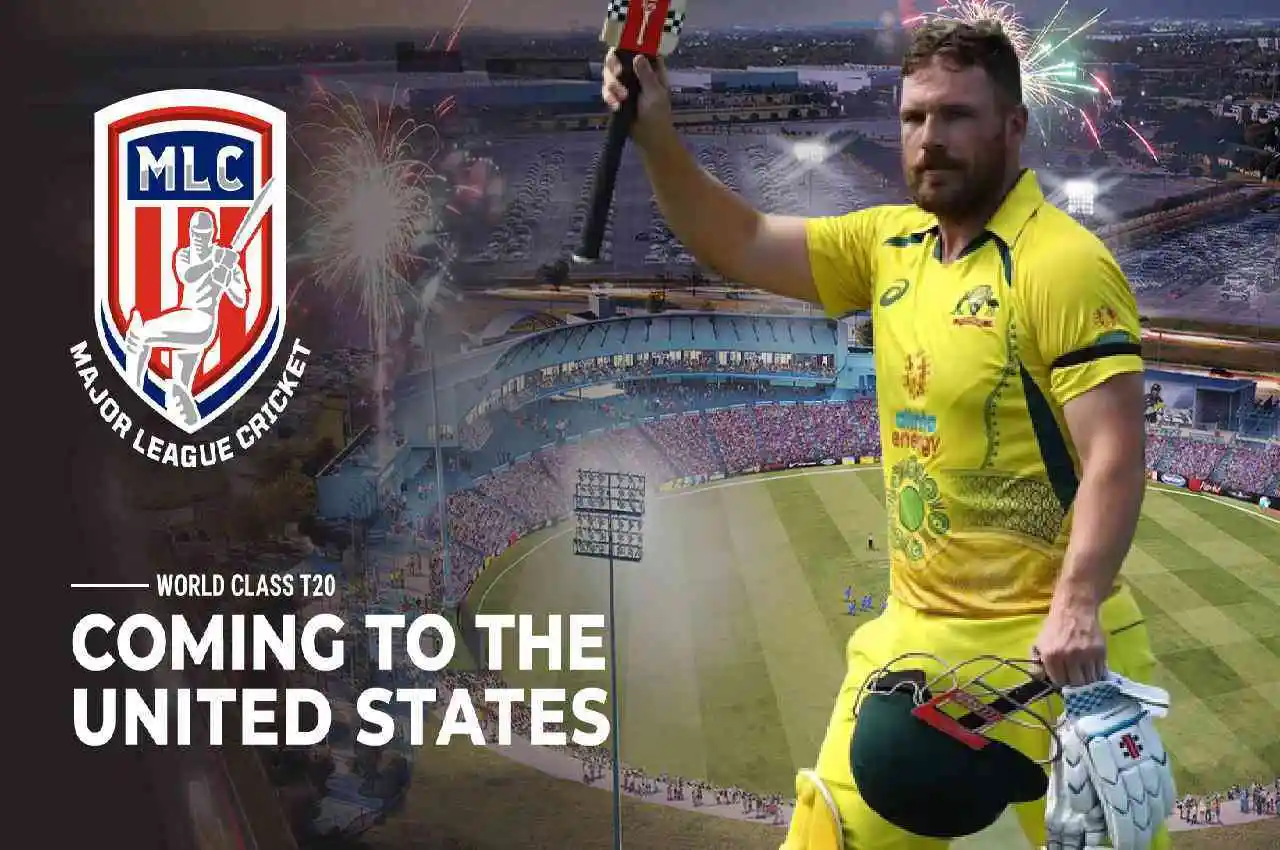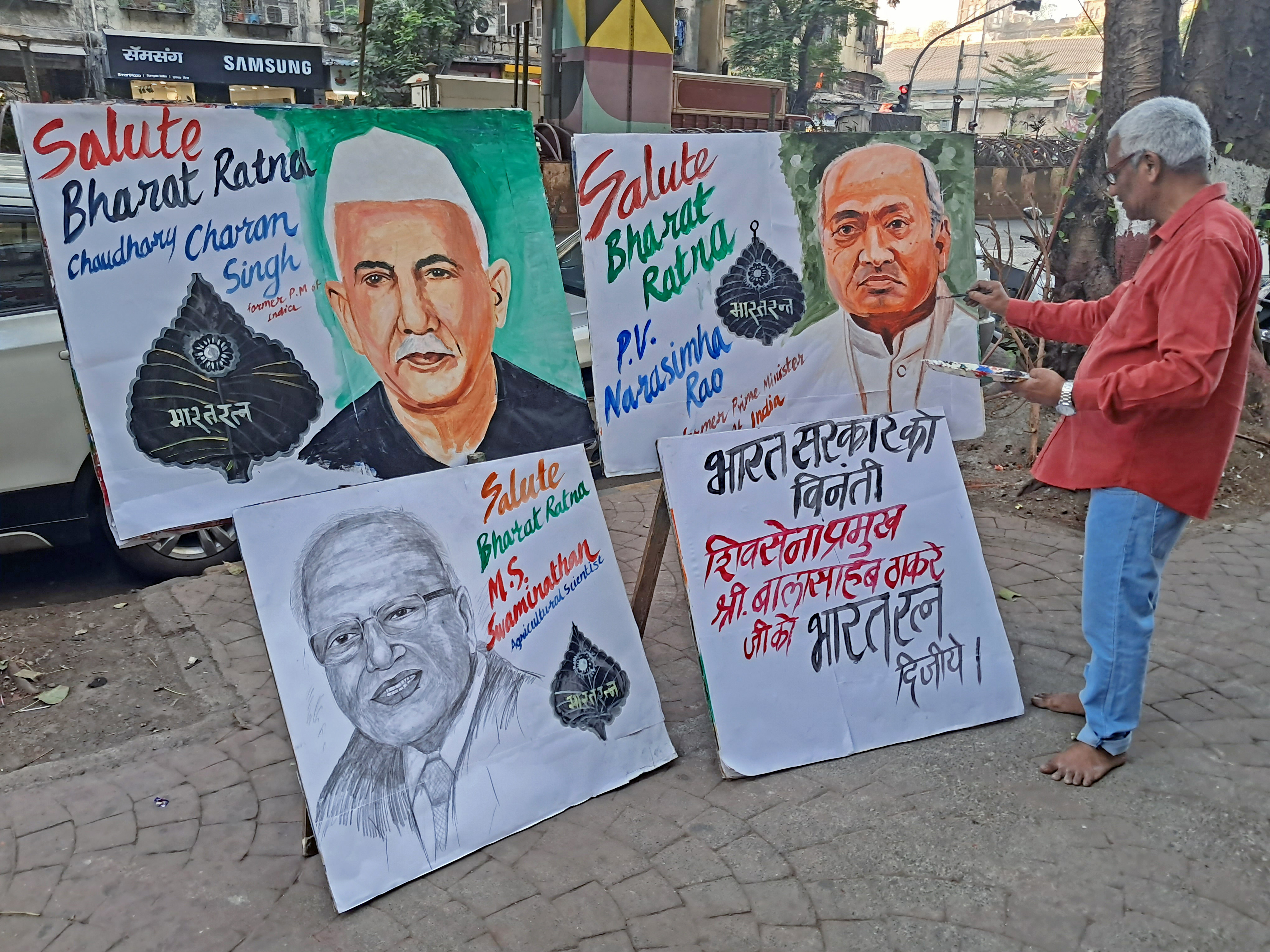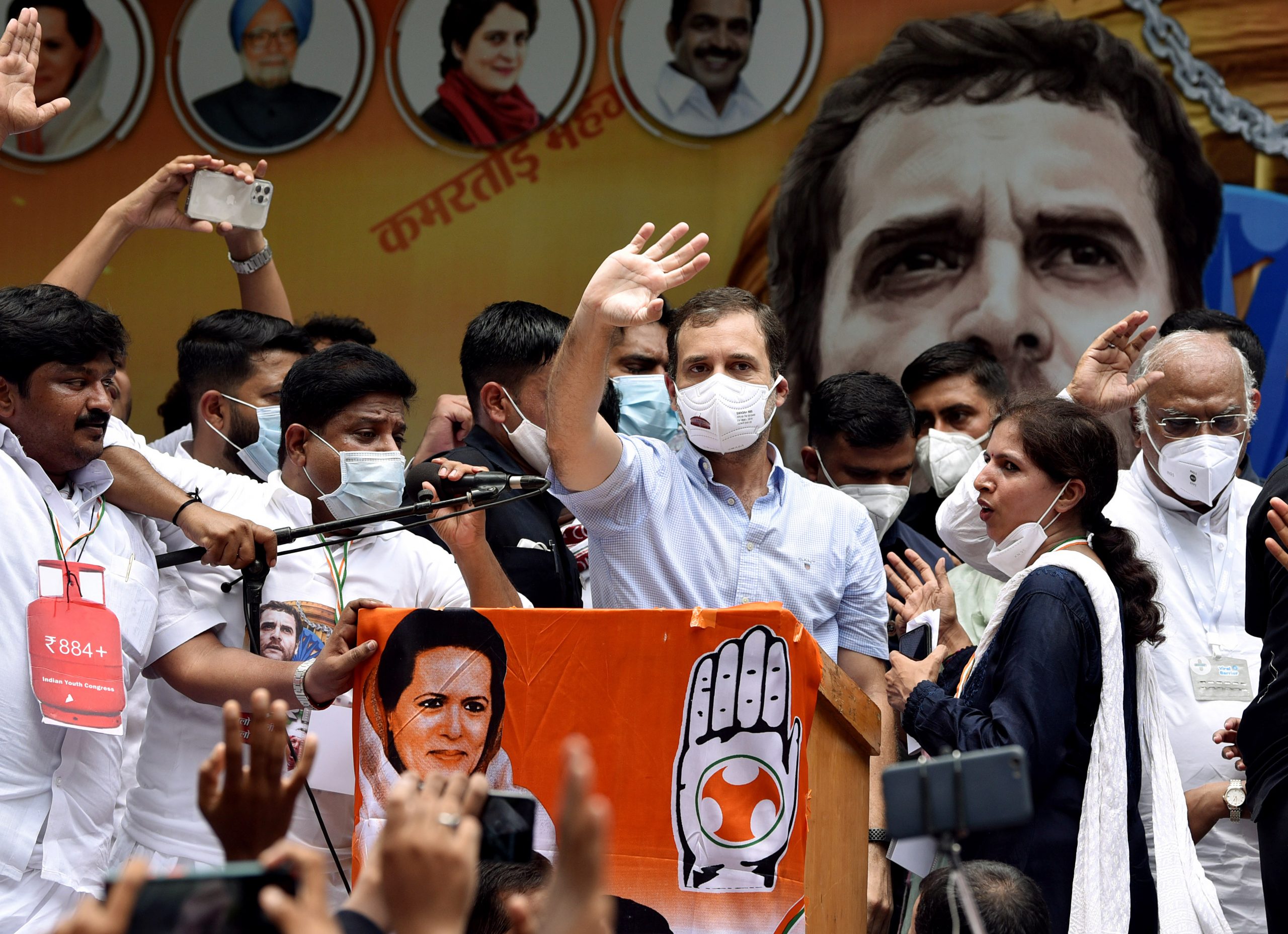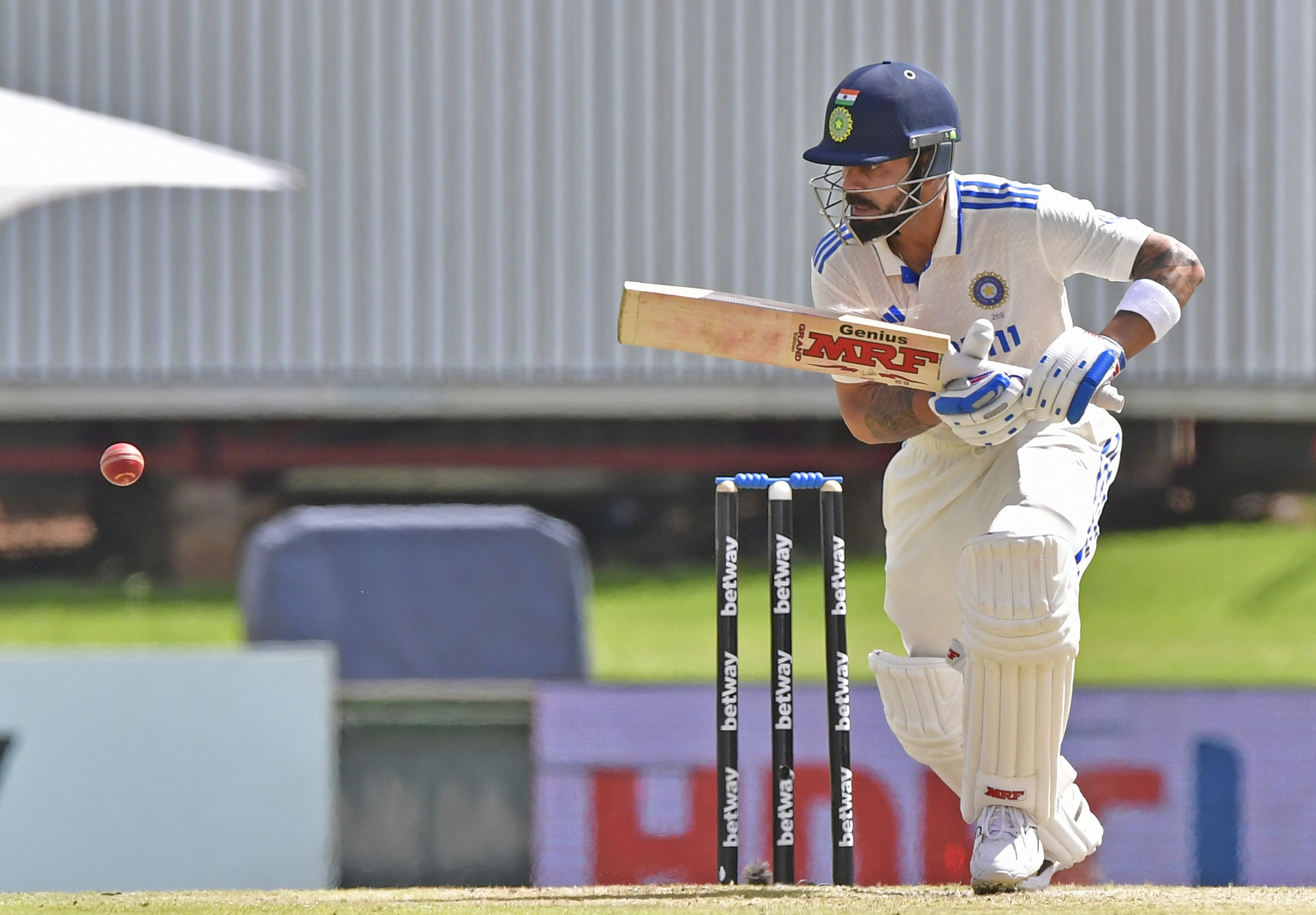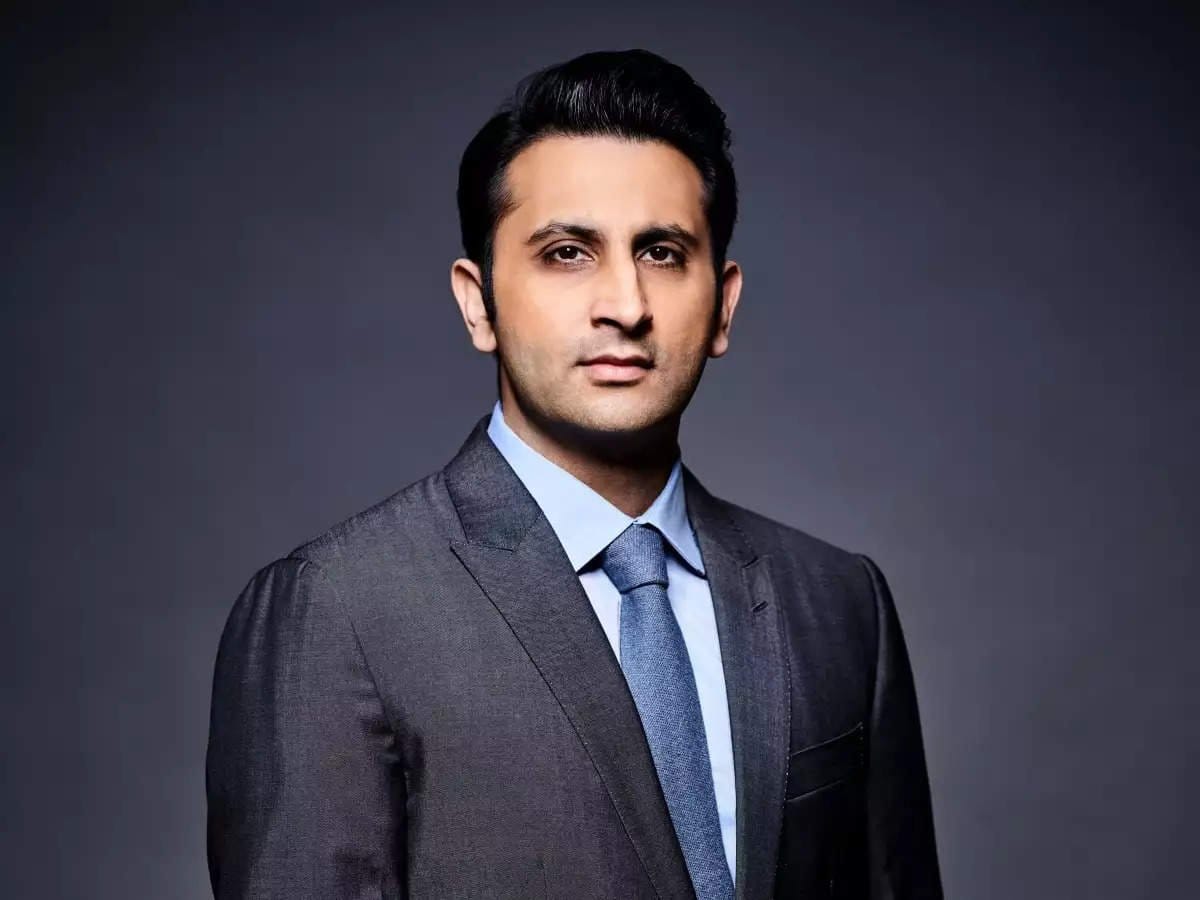A look at the some of the defining moments in international relations
Our Bureau
New Delhi
India and Canada’s long and historical relations turned into a diplomatic row after Canadian Prime Minister Justin Trudeau raised allegations against the Indian government over its involvement in the killing of separatist activist Hardeep Singh Nijjar. In September, Trudeau made the stunning revelation in the House of Commons that there was credible intelligence linking India’s government to the June 18 shooting death of Sikh activist Hardeep Singh Nijjar outside his gurdwara in Surrey, B.C.
In the aftermath, India swiftly retaliated by issuing a statement that denied any involvement in the issue.
Interestingly, the Trudeau allegations follow Canada’s decision to seek a “pause” in the negotiations for an Early Progress Trade Agreement, as confirmed by Indian High Commissioner Sanjay Verma. Canada didn’t give any reason for suspending the talks.
Trudeau also came to India for the G20 summit, apparently upset that Ukraine President Volodymyr Zelenskyy was not invited to the event.
The New Delhi Leaders’ Declaration was also a far cry from his call ahead of the summit to hold Russia accountable for its actions in Ukraine. According to sources here, the Canadian PM insisted on a meeting with Prime Minister Narendra Modi on the margins, despite India not being keen, and was finally allowed a 15-minute pull-aside. On his way to India, he had said that he was going to raise the issue of foreign interference if he managed to have a meeting with Modi.
Trudeau, however, seemed prepared for an escalation of tensions as he was reported to have briefed US President Joe Biden, UK PM Rishi Sunak and French President Emmanuel Macaron about Canada’s action, and also as his foreign minister Melanie Joly threatened to raise the issue with her G7 counterparts on the sidelines of the UN General Assembly (UNGA).
India-Canada ties have remained frosty for several years over widespread Khalistan extremism in Canada but the Trudeau government seemed to take the gloves off early this year when it publicly accused India of foreign interference, an issue the Canadian leader finally raised with Modi in their meeting on the margins of the G20 summit.
While Trudeau cited “credible” intelligence to back his claims about India’s involvement in Nijjar’s killing, the Indian government said in its response that Modi had already and completely rejected these allegations in his meeting with the Canadian PM.
India vehemently denied the claims, calling them “absurd and motivated.” Ministry of External Affairs (MEA) official spokesperson Arindam Bagchi said Canada has provided “no specific information” to support the allegations.
India said, in response, that Trudeau’s unsubstantiated and absurd allegations were only meant to shift focus from Canada’s support for Khalistan terrorists.
After raising allegations against the Indian government, Canada expelled the Indian diplomat, Pavan Kumar Rai, a 1997-batch IPS officer.
Hours later, the Indian government ordered a senior Canadian diplomat to leave the country within 5 days, saying the decision reflected growing concern over the interference by Canadian diplomats in India’s internal affairs and their anti-India activities.
India summoned Canadian High Commissioner Cameron MacKay to convey its decision to expel the diplomat apparently associated with Canadian intelligence services.
Later on, India “suspended till further notice” its visa services in Canada amid a diplomatic row.
But in October, India decided to resume visa services in Canada for four categories after a considered review of the security situation, which “takes into account some recent Canadian measures in this regard.”
Entry visa, Business visa, Medical visa and Conference visa are four categories in which India has decided to resume visa services in Canada from October 26.
Sri Lanka battles waves of economic crisis
As Sri Lanka’s battle against economic crisis remains persistent, India’s assistance to the island nation gives the country an anchorage to hold its boat under its ‘neighbourhood first’ policy.
The External Affairs Minister, S Jaishankar visited India twice this year. His first visit took place at the start of this year (January 2023) and his second one in October.
During his January visit, Jaishankar not only assured Sri Lanka of India’s unwavering support to the island nation in its economic recovery but also invited the country’s President Ranil Wickremesinghe to visit India.
Following this, the Sri Lankan President arrived here in New Delhi in July this year at the invitation of Prime Minister Narendra Modi.
During his visit, President Wickremesinghe met his Indian counterpart Droupadi Murmu and discussed various issues of mutual interest with Prime Minister Narendra Modi and other Indian dignitaries as well.
According to an MEA release, Wickremesinghe’s visit was to reinforce the longstanding friendship between the two countries and explore avenues for enhanced connectivity and mutually beneficial cooperation across sectors.

India and Sri Lanka, apart from engaging on various fora, also are a good maritime neighbour to each other.
The highly advanced Indian Naval Ship ‘Nireekshak’ arrived at the port of Trincomalee in September this year to facilitate Mixed Gas Diving training for the Sri Lanka Navy, according to the press release from the Indian High Commission in Colombo.
Previously, in September 2019 and March 2022, the ship made two trips to Trincomalee as part of an SLN diver training mission. The ongoing interaction between Indian Naval vessels and the Sri Lankan Navy aligns with the Government of India’s ‘Neighbourhood First’ policy, which aims to enhance capabilities.
Last year, India supplied over 270,000 MT of fuel to Sri Lanka so far to help ease the power crisis in the island country which was witnessing acute power cuts. Moreover, Sri Lanka also signed a USD 1 billion credit line with India for procurement of food, medicines and other essential items, amid the island nation’s worsening economic crisis. The agreement was signed between the State Bank of India (SBI) and the Government of Sri Lanka, during Sri Lankan Finance Minister Basil Rajapaksha’s two-day visit to India.
India and Sri Lanka held the 12th round of negotiations on the Economic and Technology Cooperation Agreement (ETCA) in Colombo, Sri Lanka from October 30, 2023 to November 1, 2023. The two countries had 11 rounds of bilateral talks from 2016 to 2018. Thereafter the negotiations were paused.
US-China tensions continue to simmer
Tensions between the United States and China continue to simmer despite the meeting between US President Joe Biden and his Chinese counterpart Xi Jinping in November and high-level visits by Biden administration officials to China to ease differences on trade, Taiwan and Ukraine-Russia war as both Washington and Beijing engaged in tit-for-tat actions.
This year, US Secretary of State Antony Blinken was scheduled to visit Beijing in February to hold talks with the Chinese leadership. However, Blinken’s highly anticipated visit to Beijing was postponed after a Chinese balloon appeared over the US.
US military fighter jets shot down the suspected Chinese surveillance balloon over the Atlantic Ocean off the Eastern Seaboard of the United States, US Defence Secretary Lloyd Austin said, CNN reported.
Austin announced that Biden had approved the downing of the balloon. The Chinese balloon was first spotted in the sky over Montana and travelled across the middle of the country following weather patterns before it exited the continental United States.
In his statement, Lloyd Austin said American fighter aircraft “successfully brought down the high-altitude surveillance balloon launched by and belonging to the People’s Republic of China (PRC) over the water off the coast of South Carolina in US airspace.”
He said Biden gave his authorization “as soon as the mission could be accomplished without undue risk to American lives under the balloon’s path.”
China expressed its “strong dissatisfaction and protest” against the shooting down of its balloon. The Chinese Foreign Ministry said the US was “overreacting” and “seriously violating international practice,” according to a CNN report. China said the vessel was a weather balloon thrown off course.
In the statement, the Chinese Foreign Ministry said, “The Chinese side has repeatedly informed the US side after verification that the airship is for civilian use and entered the US due to force majeure–it was completely an accident.”
Following the downing of the Chinese balloon, China refused to hold talks with US Defence Secretary Lloyd Austin, highlighting the lack of communication channels between the two nations.
According to the Pentagon, the US Defence Department submitted a request for a call between Austin and China’s Minister of National Defence, Wei Fenghe, after the US fighter jets shot down the balloon. The Pentagon said that China rejected the request of the US.
In the statement, Pentagon spokesman Brigadier General Pat Ryder said, “We believe in the importance of maintaining open lines of communication between the United States and the [People’s Republic of China] in order to responsibly manage the relationship.”
The Biden administration imposed restrictions on sales of some US technology to several Chinese aviation and technology companies, as part of its response to a Chinese spy balloon that appeared in US airspace, The New York Times reported.
The US Commerce Department added five Chinese companies and one research institute to its so-called entity list, which will stop firms from selling them American parts and technologies without a special license.
According to officials, the six entities had supported Chinese military programs related to airships and balloons used for intelligence and reconnaissance, according to The New York Times report.
In March, Taiwan President Tsai Ing-wen arrived in New York City despite Beijing’s warning that her visit could lead to “serious confrontation” between China and the US. Taiwan faced “tremendous challenges,” Tsai said from the city, where she made the first of two planned stopovers in the US on either side of an official visit to Central America, CNN reported.
Tsai’s visit to the US sparked sharp condemnation from Beijing, which claims Taiwan as its territory despite never having controlled it. Speaking to reporters in Washington, China’s charge d’affaires Xu Xueyuan said Tsai’s US transit could lead to a “serious” confrontation in the US-China relationship and have a “severe impact” on their ties.
Following Tsai’s visit, China imposed sanctions on two US organisations that hosted the Taiwan President during her stopover in the US. China’s Ministry of Foreign Affairs announced a ban on Washington-headquartered think tank Hudson Institute and the Ronald Reagan Presidential Library in California from any cooperation, exchange or transaction with institutions and individuals in China.
Furthermore, key leaders of the two organisations were also barred from travelling to China or cooperating with organisations or individuals there. China’s Ministry of Foreign Affairs said, “The Hudson Institute and the Reagan Library have provided a platform and facilitated Tsai’s separatist activities… which seriously undermine China’s sovereignty and territorial integrity,” CNN reported.

















